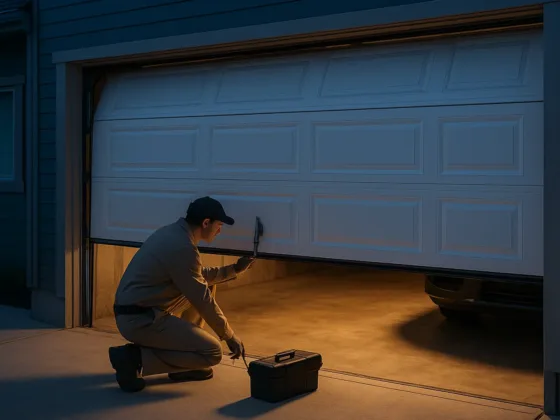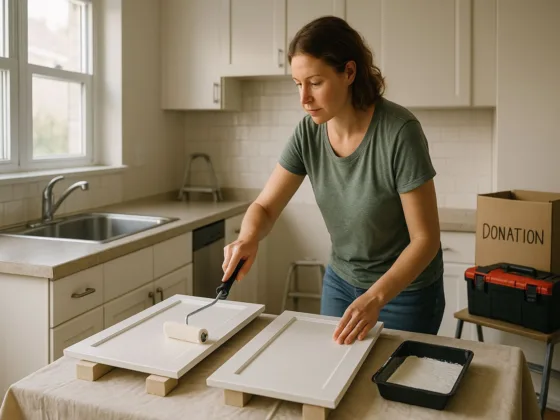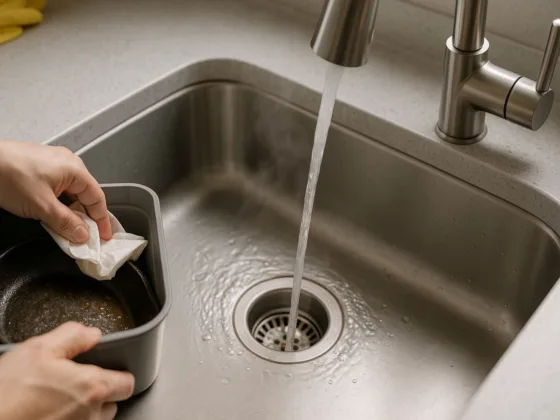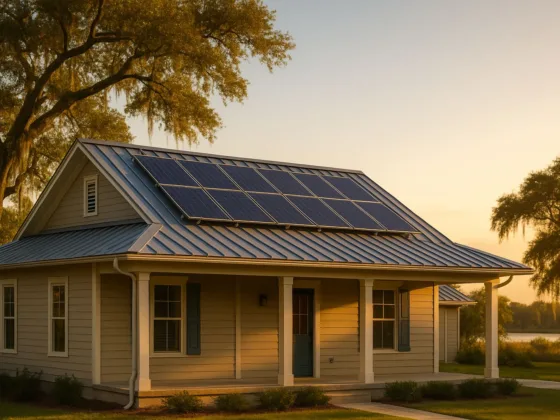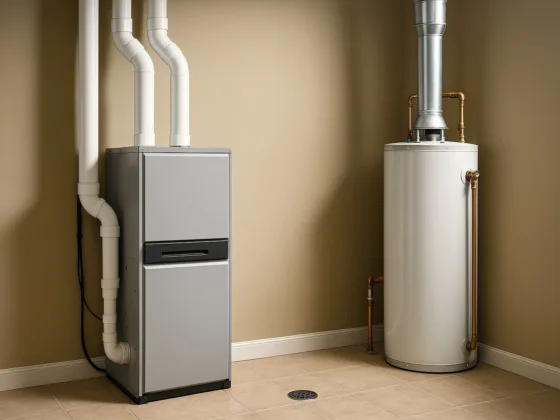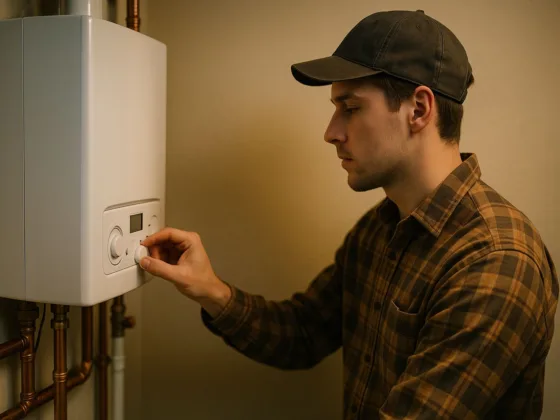Table of Contents Show
Keeping an old house warm can be a challenge. Houses built before the 1940s rarely had sufficient insulation to prevent drafts and unwanted thermal transfer, and even if they were insulated, the materials often settled or deteriorated over time to the point the homeowners were left with little protection.
Read on to find out about seven tips for insulating older houses to keep them cozy and reduce high energy bills.

1. Start by Determining the Need for Insulation
The first step is always to determine whether the residents will benefit from installing new insulation.
Check the attic to look for exposed fiberglass batts and take a look at the exterior walls to see if there are patched holes that indicate a previous homeowner has installed blown-in insulation.
It’s also wise to get more information about primary sources of heat loss, such as roofs, chimneys, and fireplaces, and air leaks around ducts, windows, outlets, and recessed lighting, before taking on a new insulation project.
2. Dispose of Existing Insulation Safely
The insulation materials used in the past are usually safe to leave in place, even if they’ve been compromised and no longer provide a sufficient barrier against heat transfer.
If the home was insulated anytime between 1910 and 1980, the insulation may contain asbestos or urea-formaldehyde.
These dangerous, toxic materials must be removed by a trained professional and disposed of safely.
Read Also:
3. Choose the Right Type of Insulation
There are four general categories that describe all modern insulation: loose-fill, batts, rigid boards, and expanding sprays.
Loose-fill insulation materials include cellulose, mineral wool, and glass fibers. Fiberglass, cotton, and wool all come in batts.
Rigid boards are composed of glass fibers or plastic foam.
Expanding spray foam insulation comes in a variety of proprietary forms. The best way to choose the right type of insulation is to contact a building renovation contractor for advice.
4. Get the R-Value Right
R-value refers to a material’s ability to prevent heat transfer. The higher the R-value, the less heat can escape through the insulation.
In cold places, R-values are very important. It may be necessary to increase the depth of the walls to accommodate sufficient insulation to meet the region’s recommended R-value.
5. Don’t Forget About Ventilation
Blocking ventilation paths is one of the most common problems experienced by homeowners who choose to install their own insulation.
Do not block gable vents, soffits, ridges, and other ventilation paths, as it could cause issues with moisture.
6. Place Vapor Barriers Appropriately
Vapor barriers add an extra level of moisture defense. In colder climates, the vapor barrier should be placed on the side of the insulation that faces into the home.
In warmer climates, things get more complicated. Consult the insulation manufacturer to ask about proper placement.
7. Investigate Green Alternatives
Some insulation materials are more eco-friendly than others. The top green insulation materials for 2021 are blown-in cellulose, polyisocyanurate, recycled cotton, and homasote.
Ask insulation contractors about their experience installing these systems if going green is a large priority.
The Bottom Line
All houses need to be insulated to keep residents comfortable on the coldest nights of winter and the warmest days of summer.
For older homes, that means retrofitting the house to meet current industry standards.
The best way to make sure everything goes smoothly is always to hire an experienced insulation contractor.



